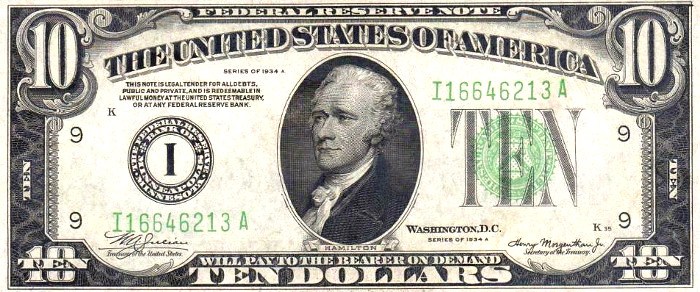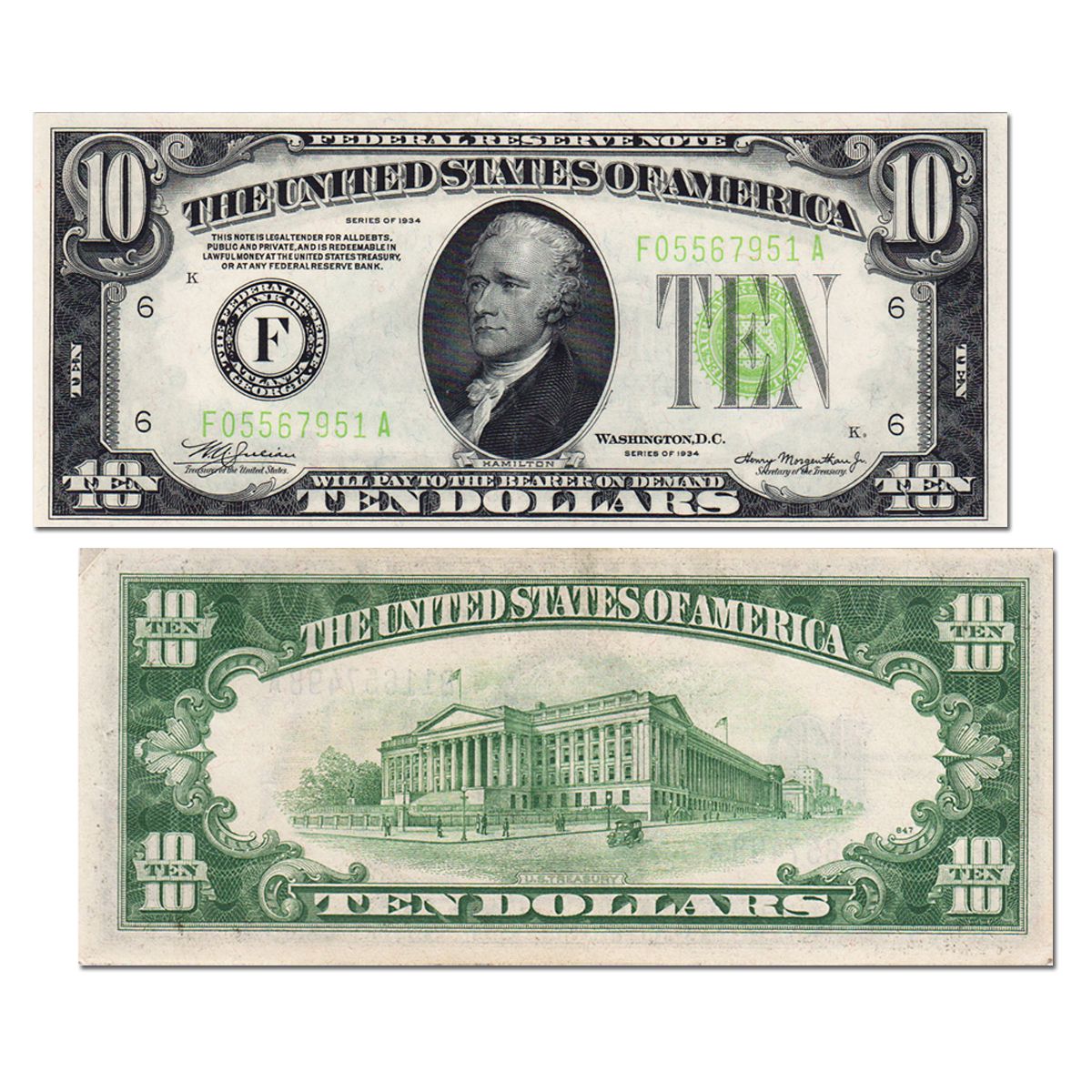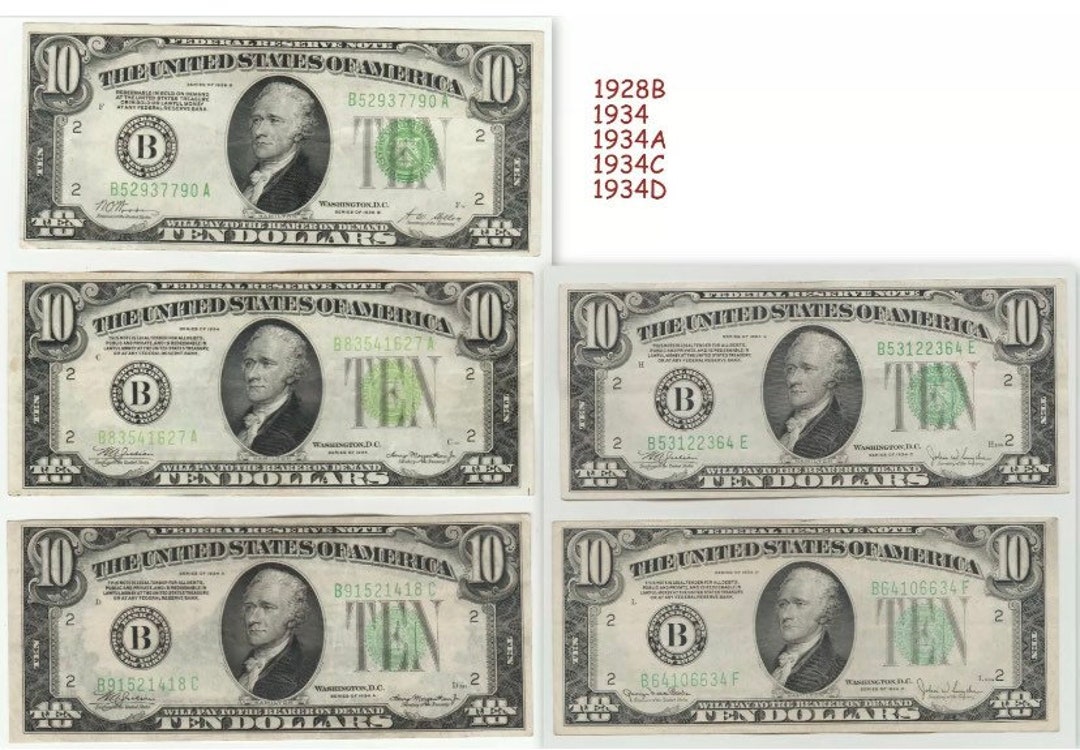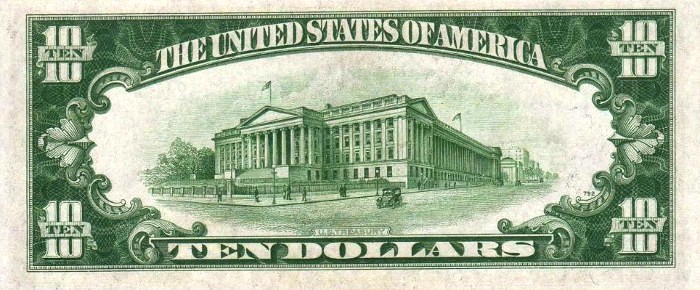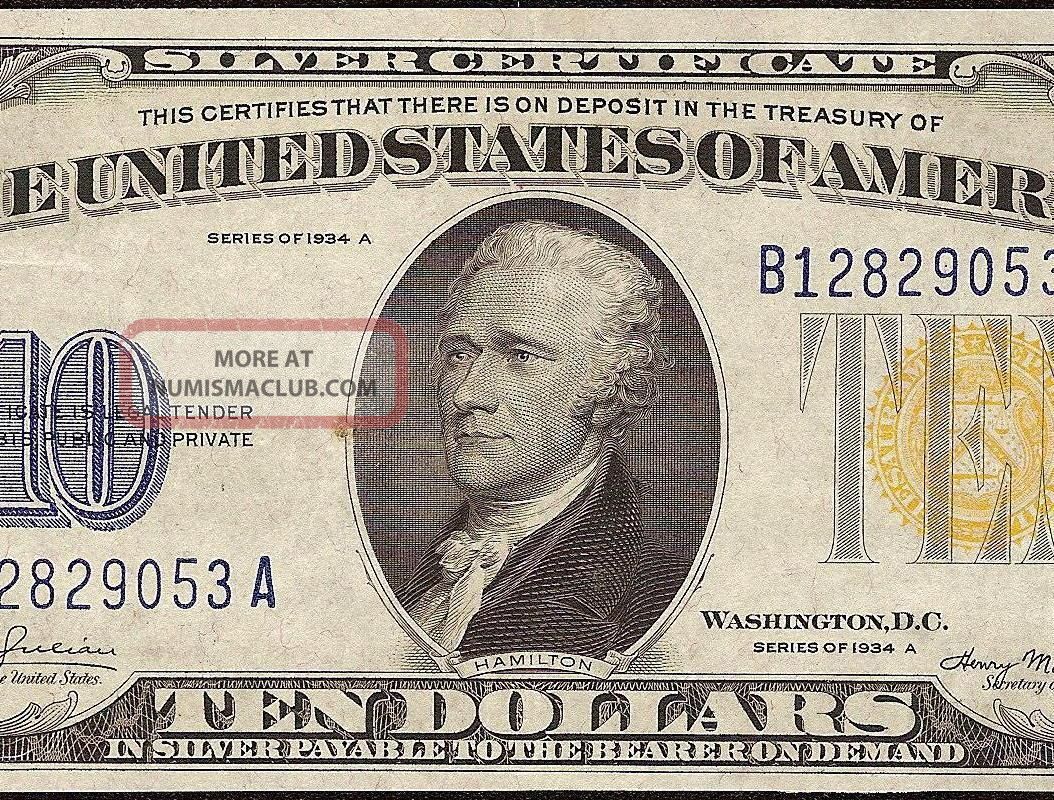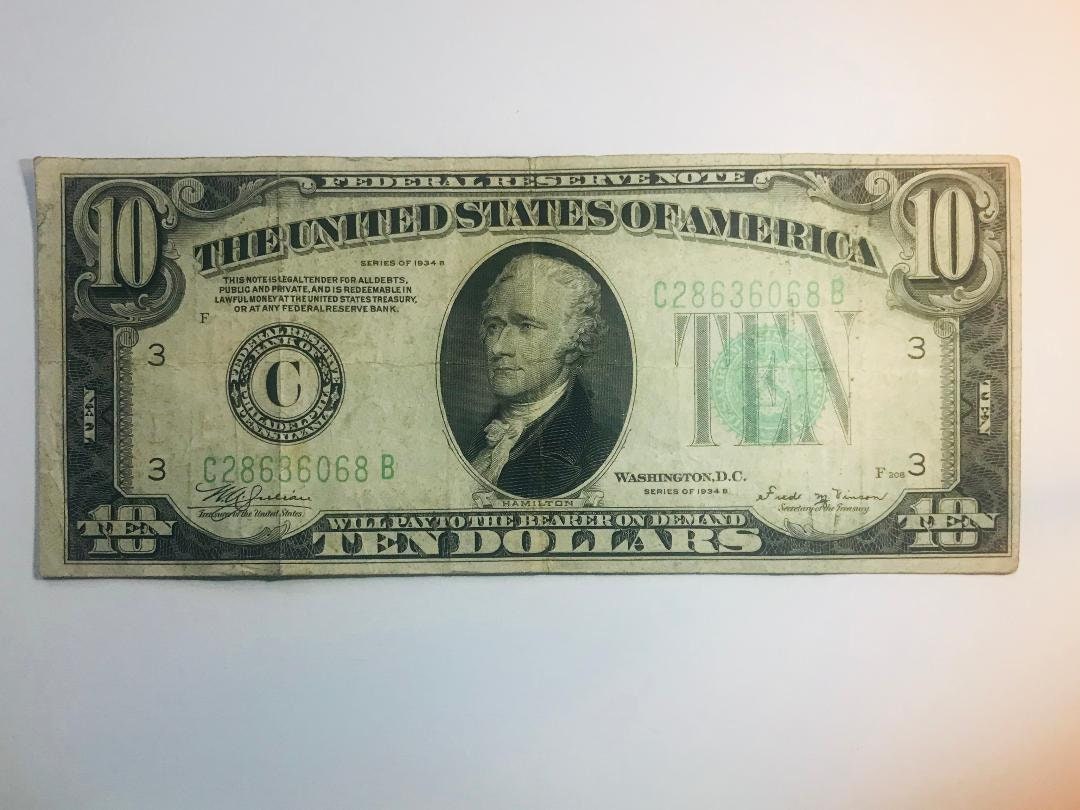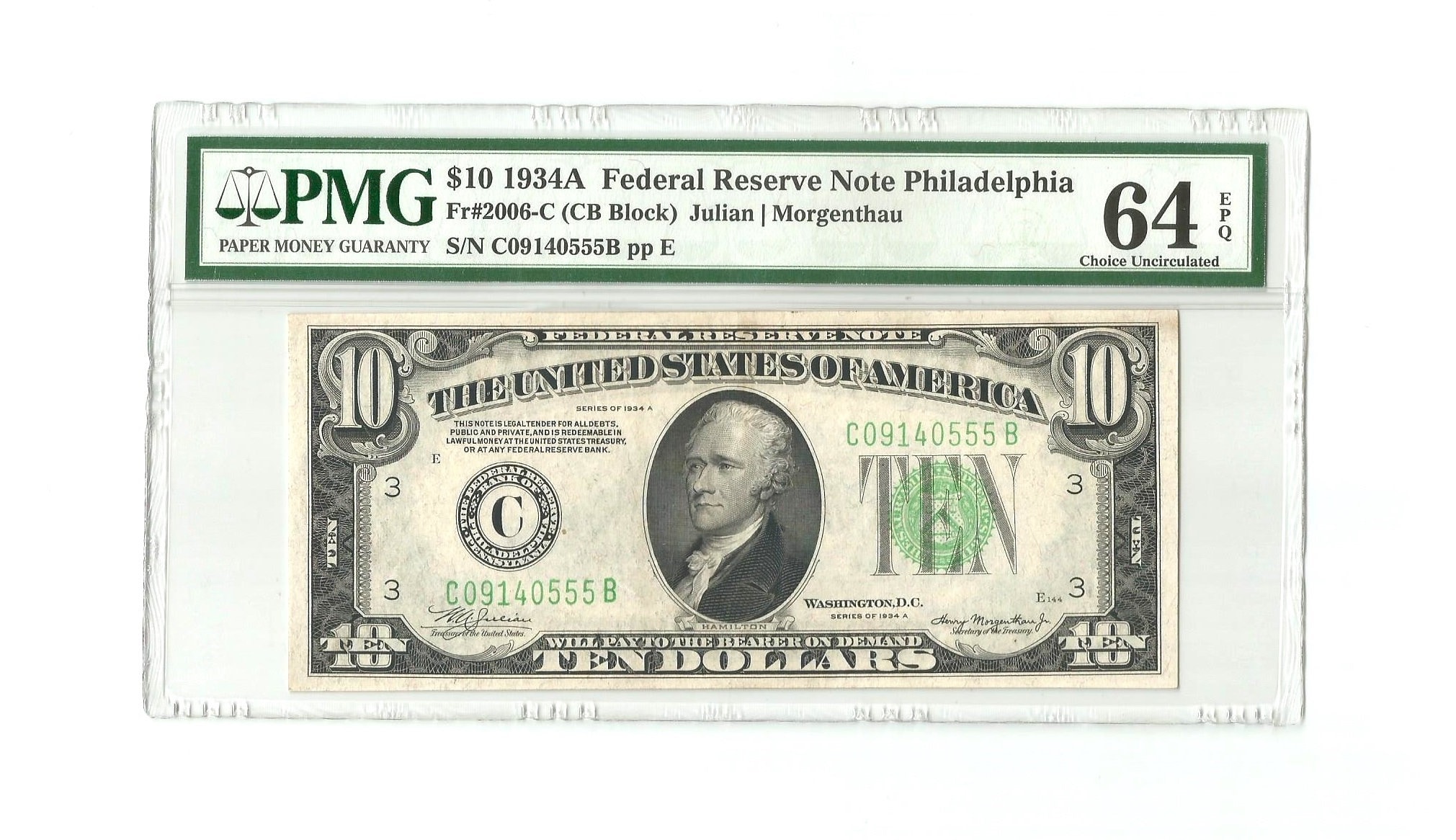1934 Series A 10 Dollar Bill

Urgent collectors' alert! A surge in demand for the 1934 Series A $10 bill is driving prices to record highs, fueled by scarcity and renewed historical interest.
This demand has created a frenzy in the numismatic community, as collectors scramble to secure their piece of American history.
The 1934 Series A $10 Bill: Key Details
The 1934 Series A $10 bill is a Federal Reserve Note, part of a larger issuance during the Great Depression.
It features a portrait of Alexander Hamilton on the obverse and the U.S. Treasury Building on the reverse.
These notes were printed by the Bureau of Engraving and Printing (BEP) and distributed through the Federal Reserve system.
Who Issued the Bill?
The Federal Reserve issued the 1934 Series A $10 bill.
The signatures on the bill represent key figures of the time, typically the Treasurer of the United States and the Secretary of the Treasury.
During 1934, the Secretary of the Treasury was Henry Morgenthau Jr., and various individuals served as Treasurer of the United States.
What Makes It Valuable?
Several factors contribute to the value of a 1934 Series A $10 bill.
Condition is paramount; uncirculated or near-mint examples command the highest prices.
Serial numbers also play a crucial role. Low serial numbers, fancy serial numbers (e.g., repeating digits), and star notes (designated with a star symbol) can significantly increase a bill's worth.
Where Were They Printed?
These bills were printed at the BEP facilities in Washington, D.C.
Federal Reserve District seals and numbers on the front of the bill indicate the issuing Federal Reserve Bank.
For instance, a "1" corresponds to Boston, "2" to New York, and so on.
When Were They Issued?
The 1934 Series A $10 bills were issued throughout the mid-1930s, specifically following the initial 1934 series.
This period coincided with the nation's recovery efforts during the Great Depression.
The "Series A" designation indicates a modification or refinement from the original 1934 design.
How Much Are They Worth?
Values vary widely based on condition, serial number, and issuing Federal Reserve District.
Circulated examples might fetch between $15 and $50.
Uncirculated bills, especially with desirable serial numbers or from rarer districts, can command hundreds or even thousands of dollars.
Recent Market Trends
Auction records show a significant uptick in prices realized for high-grade 1934 Series A $10 bills.
Increased online visibility and growing interest from new collectors are driving this trend.
Experts advise collectors to carefully assess condition and seek authentication from reputable grading services like PCGS or NGC before making significant purchases.
Potential Pitfalls and Precautions
Counterfeiting is a concern; collectors should scrutinize bills for telltale signs of forgery, such as blurry details or incorrect paper stock.
Be wary of inflated prices from unscrupulous sellers.
Always consult with experienced numismatists or dealers for guidance on valuation and authenticity.
Conclusion
The 1934 Series A $10 bill remains a sought-after piece of American currency.
Collectors are urged to stay informed about market trends and exercise caution when buying or selling.
Ongoing research into serial number rarities and district-specific values continues to shape the market for these historic notes.

